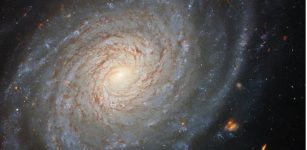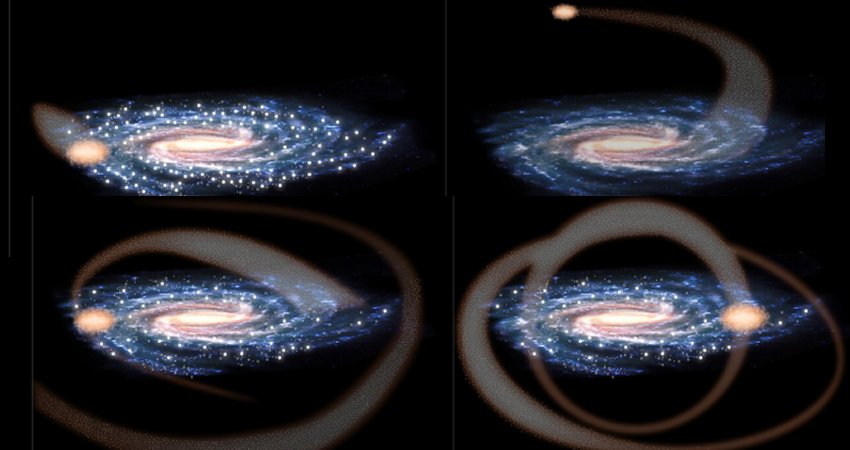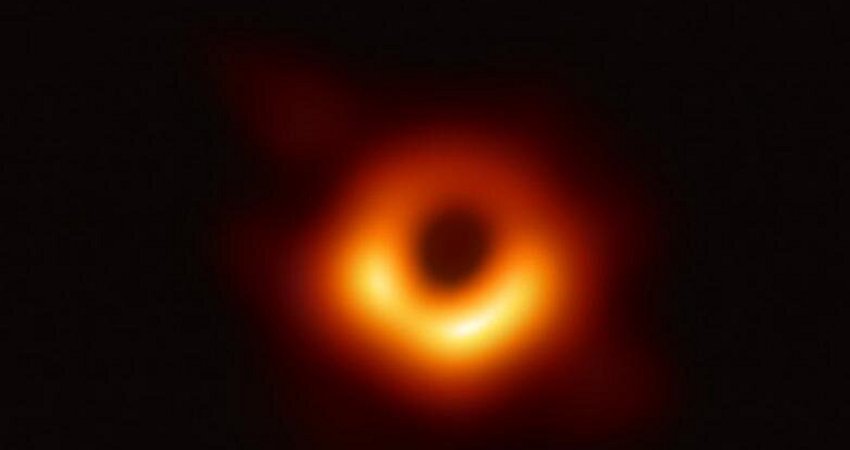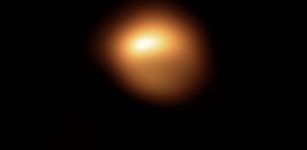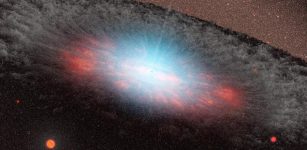We Have 100 Million Black Holes In Our Galaxy – Cosmic Study Reveals
MessageToEagle.com – Astronomers report the number of dark object in our Milky Way is much larger than previously thought. A new study reveals there are as many 100 million black holes in our galaxy.
Some of these monster black holes have a mass about 10 billion times greater than the Sun! Such incredible objects could easily swallow billions of Suns.
Astronomers from the University of California admit the number of black holes was much larger than they anticipated.
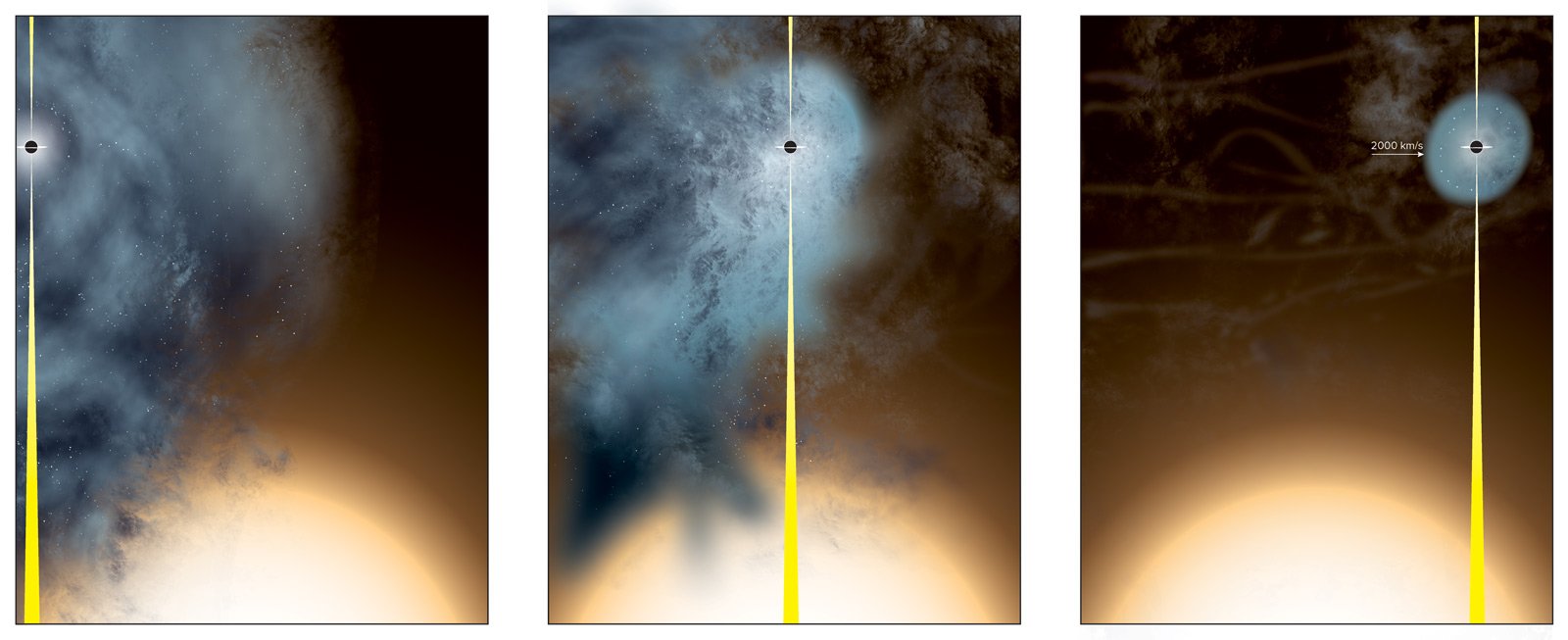
A year and a half ago, LIGO (Laser Interferometer Gravitational-Wave Observatory) discovered curious ripples in the space-time continuum created by the distant collision of two black holes, each the size of 30 suns.
Astronomers were intrigued and decided to investigate and gain more valuable information about these elusive huge dark objects.
“Fundamentally, the detection of gravitational waves was a huge deal, as it was a confirmation of a key prediction of Einstein’s general theory of relativity,” UCI chair and professor of physics & astronomy James Bullock, co-author of the research paper said.
See also:
Super Aliens May Already Live Inside Supermassive Black Holes
Bright Unknown Object Observed Near Black Hole In Cygnus A Galaxy
“But then we looked closer at the astrophysics of the actual result, a merger of two 30-solar-mass black holes. That was simply astounding and had us asking, ‘How common are black holes of this size, and how often do they merge?'”
According to professor Bullock, scientists assume most stellar-remnant black holes — which result from the collapse of massive stars at the end of their lives — will be about the same mass as our sun. To see evidence of two black holes of such epic proportions finally coming together in a cataclysmic collision had some astronomers scratching their heads.
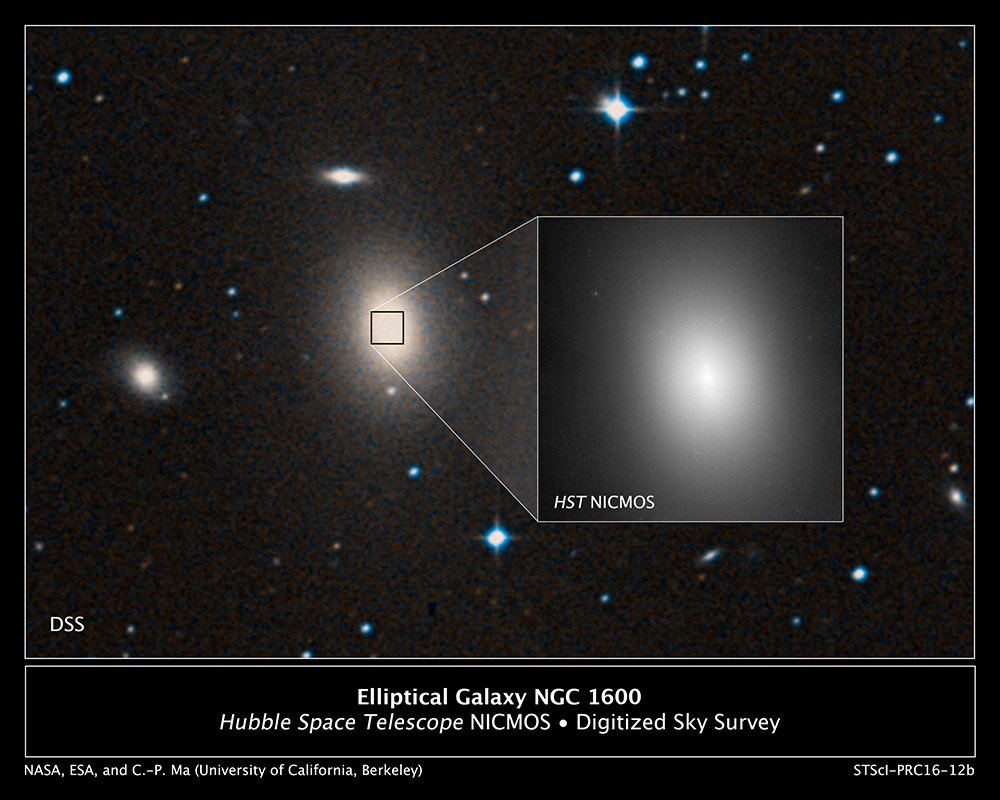
Co-author Manoj Kaplinghat, UCI professor of physics & astronomy, points out that the number of black holes of a given mass per galaxy will depend on the size of the galaxy.
The reason is that larger galaxies have many metal-rich stars, and smaller dwarf galaxies are dominated by big stars of low metallicity. Stars that contain a lot of heavier elements, like our sun, shed a lot of that mass over their lives.
When it comes time for one to end it all in a supernova, there isn’t as much matter left to collapse in on itself, resulting in a lower-mass black hole. Big stars with low metal content don’t shed as much of their mass over time, so when one of them dies, almost all of its mass will wind up in the black hole.
“We have a pretty good understanding of the overall population of stars in the universe and their mass distribution as they’re born, so we can tell how many black holes should have formed with 100 solar masses versus 10 solar masses,” professor Bullock said. “We were able to work out how many big black holes should exist, and it ended up being in the millions — way more than I anticipated.”
Astronomers’ knowledge of black holes is increasing rapidly. Now long ago, scientists were able to confirm for the first time a pair of supermassive black holes orbiting as a result of two galaxies merging.
Information about these dark cosmic objects helps scientist to learn more about the evolution of galaxies and the role these black holes play in it.
MessageToEagle.com
Expand for references

